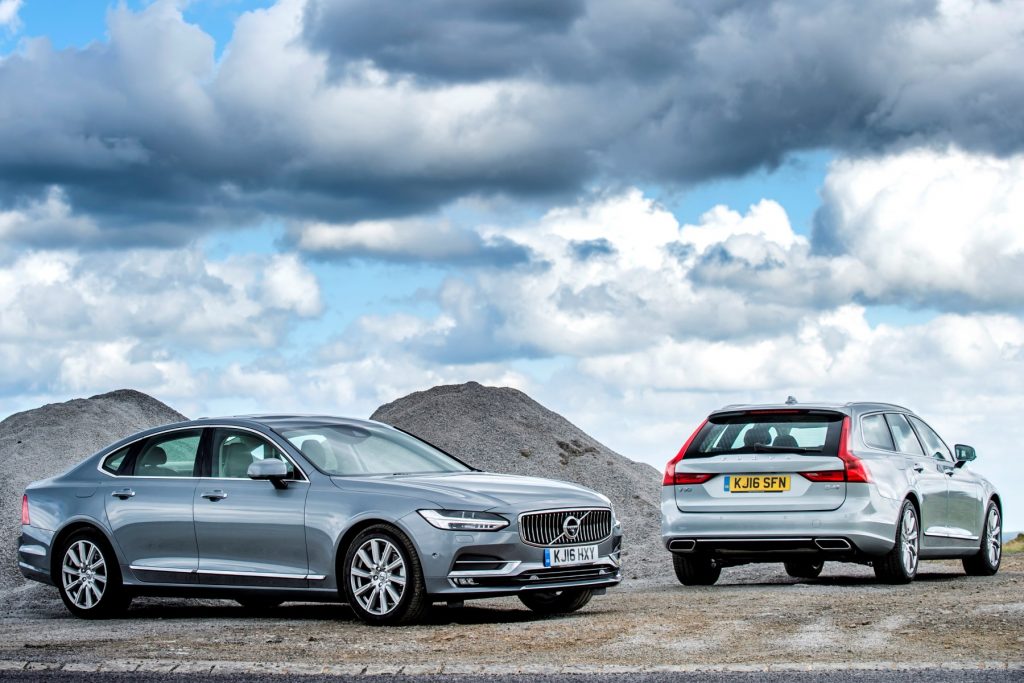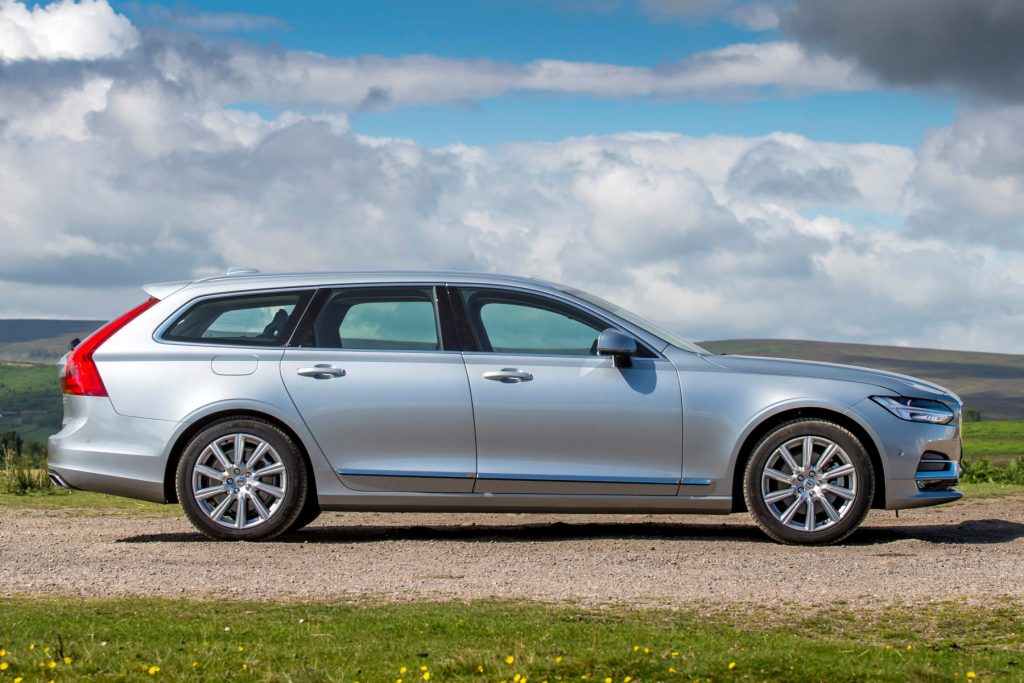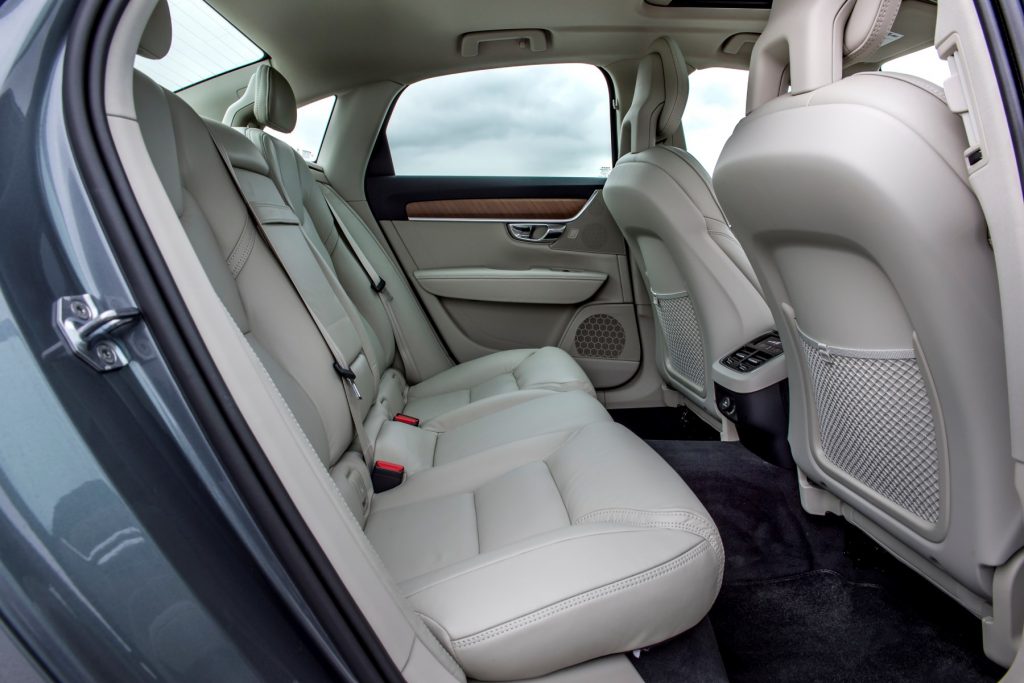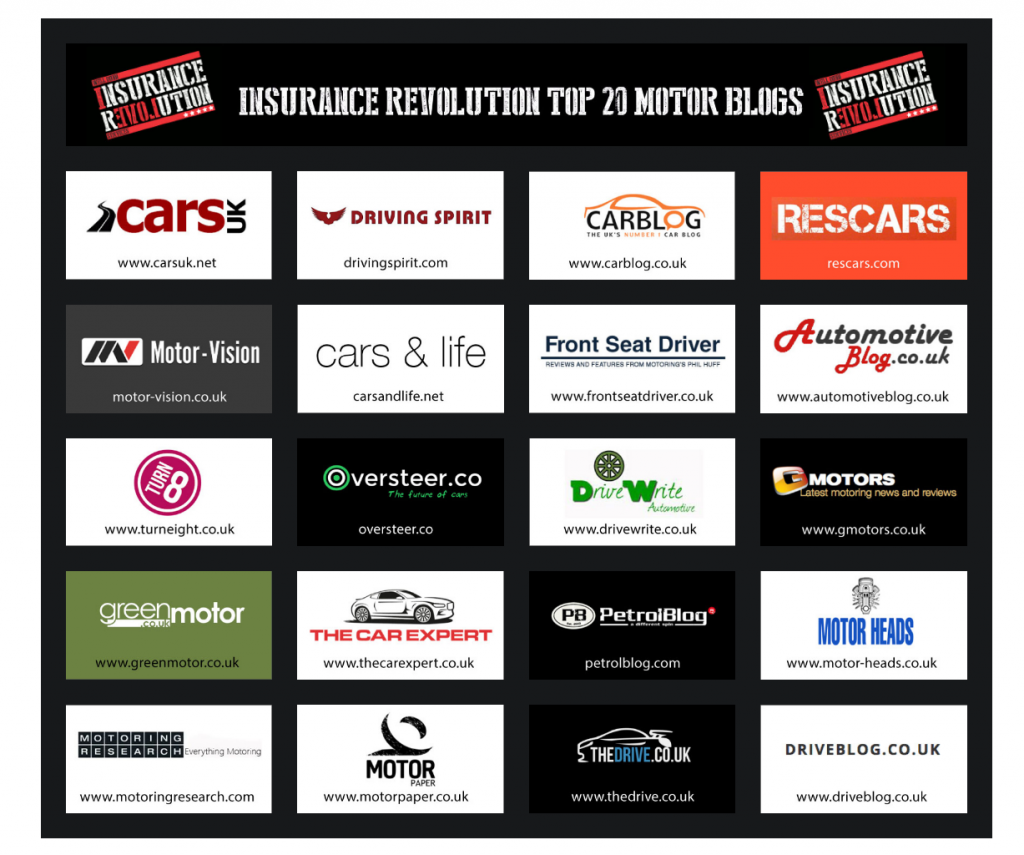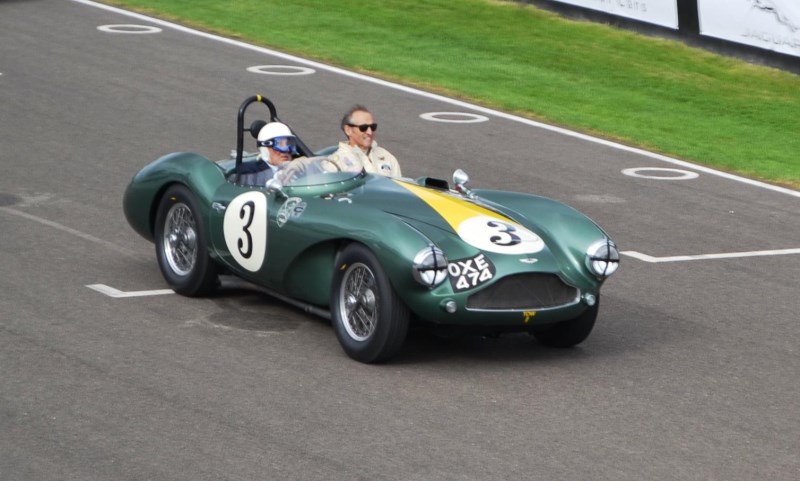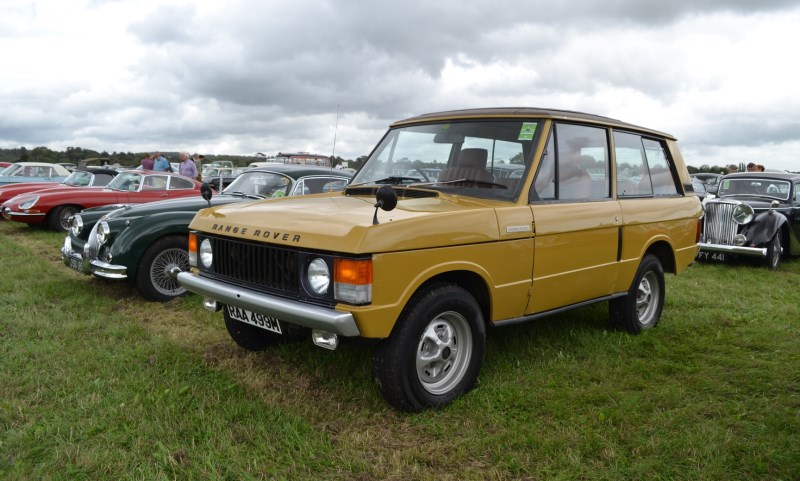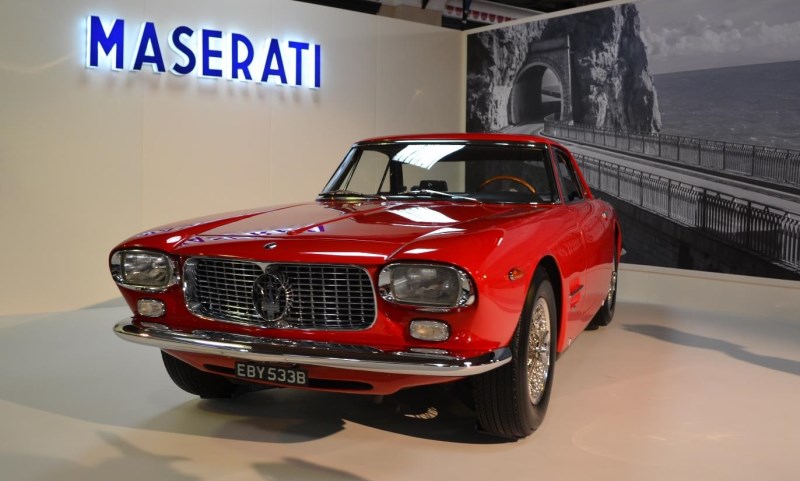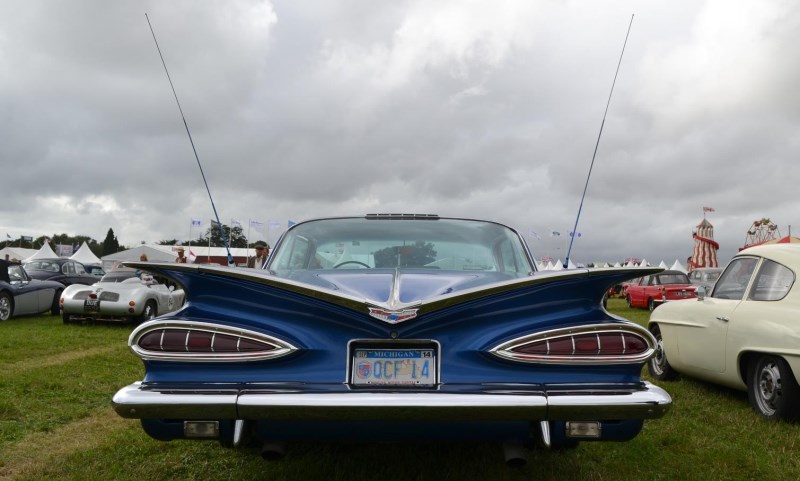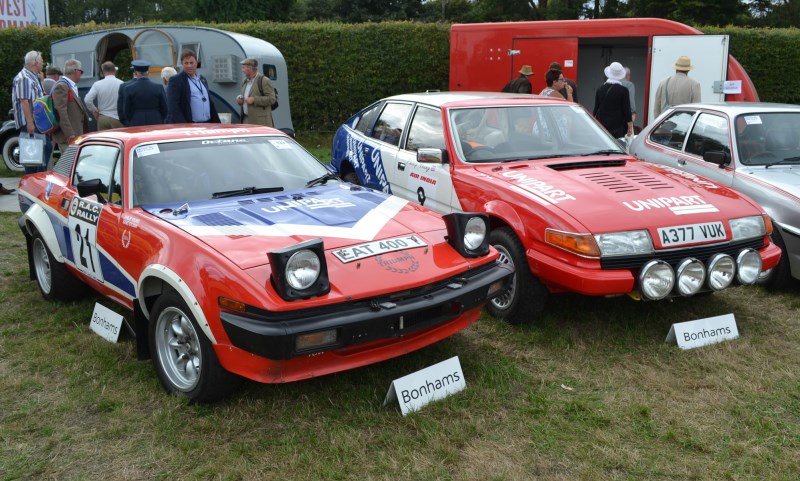Volvo has rediscovered its mojo in recent years – the evergreen V40 and V60 are still good cars, the acclaimed XC90 is a class-leader, while the XC60 remains a big-selling SUV.
Now it’s time to meet the all-new S90 saloon and V90 estate – serious new competitors in the big family/executive car market.

These siblings have to be good too, because they’re up against the might of the Mercedes E-Class, BMW 5-Series, Audi A6 and Jaguar XF.
Following on from the acclaimed XC90 SUV, the S90 and V90 complete the range-topping 90 series – a welcome return for the Swedish car giant in this highly competitive sector.

Volvo may now be Chinese owned, but thanks to fresh investment it’s doing better than ever. Helped by the new XC90, Volvo sold more than 500,000 cars in 2015 – the first time it has reached that milestone in the company’s 89-year history.
Over the next three years, Volvo will revamp its entire car range, so the 90 series is just the start.
First impressions are good. Continuing some of the distinctive design language of the XC90, the front end of the V90 and S90 is characterised by the Thor’s Hammer LED headlights and a concave grille (a homage to the classic Volvo P1800 of the late 1960s).

The S90 flagship saloon is low and sleek, though perhaps not quite so stylish at the rear, while the V90 has to be one of the most handsome estates out there.
Both cars have some serious heritage to live up to. The V90 benefits from six decades of estate car knowledge, starting with the Volvo Duett which was launched in 1953, while the S90 is the latest in a long line of successful big saloons including the Amazon, 200 series and 800 series.

Inside, the new S90 and V90 cars are luxurious is a superb Scandi way – unmistakeably light with plush materials. The seats are comfortable and the design of the cockpit follows on from the XC90 with a slick layout and a large 9-inch tablet touchscreen in the centre console.
You can also specify a classy 12.3-inch digital display in place of the traditional instrument binnacle, while the head-up display is also well worth having.

Rear passengers are treated to limo-like leg space and ample headroom, despite the cars’ low rooflines.
Needless to say, luggage space is excellent in the V90 with 560 litres available, while the S90 can stow away a decent 500 litres.
Under the bonnet there’s a choice of two 2.0-litre four-cylinder diesel engines, with a petrol-electric plug-in hybrid to follow.

The entry-level D4 diesel produces 187bhp, while the more powerful D5 manages a healthy 232bhp. A Polestar Performance Optimisation package is also available, increasing the power of the D5 to 237bhp, as well as improving throttle response, gearshift speed, engine performance and driving dynamics.
The less powerful engine has CO2 emissions of 116g/km of CO2 and claimed fuel economy of 64.2mpg which means it qualifies for £30 road tax. It has a top speed of 140mph and a 0-62mph time of 8.2 seconds. The 237bhp version has CO2 emissions of 127g/km and it can reach 62mph in a slightly brisker 7.3 seconds, but economy drops slightly to 59mpg, and can reach 145mph.

There are a refreshingly simple two trim levels (Momentum and Inscription) and all versions are available with an eight-speed automatic gearbox. The gear changes are smooth, if not always the fastest. All-wheel drive is also available.
Progress is definitely brisker in cars with the more powerful diesel, but the entry-level is more than enough for most.
Like most diesels, engine noise is noticeable during quick getaways, but it soon settles down and the general level of cabin refinement is impressive.

As you can already tell, there’s not much to choose between the S90 and V90 except looks and practicality. The interiors are pretty much the same and they are similar to drive, though Volvo expects the V90 to account for the lion’s share of sales.
The ride is firm, but body roll on cornering is pretty well controlled. If you want a more floaty ride, go for the air suspension option.
Needless to say, the S90 and V90 are packed full of tech and stacks of safety equipment is available including the latest version of Pilot Assist, which allows semi-autonomous driving on motorways at up to 80mph.
In theory it will regulate speed, acceleration, braking and steering to keep you within a lane, but I wasn’t 100% convinced. First you have to keep your hands on the steering wheel (loosely) or you’re prompted to do so regularly. Secondly, our test car had a tendency to drive to the left of a chosen lane. Ultimately, being driven autonomously is an uncanny experience and I’m sure it’s fine with familiarity.

The S90 saloon starts at £32,555 and the V90 is a little more at £34,555. Frankly the entry-level Momentum model has pretty much everything you could want as standard, including dual-zone climate control, sat nav, heated leather seats, keyless start, adaptive cruise control etc. Upgrade to Inscription and you get keyless entry and electric seats, among other extras. Sexier wheels and chrome trim strips are the most obvious differences looks wise.
Verdict: The classy new V90 estate and S90 saloon models are serious contenders – safe, stylish and practical, they are a refreshingly distinctive alternative to the German autobahn expresses which dominate the executive segment.
Review: @garethherincx
The post Volvo S90 and V90: twin test appeared first on Automotive Blog.
from Automotive Blog
http://www.automotiveblog.co.uk/2016/09/volvo-s90-v90-twin-test/
Looking for a dash cam for your vehicle? Check out Dash Cam Buyers Guide:
http://dashcambuyersguide.com/
from
http://dashcambuyersguide.tumblr.com/post/150977694323





